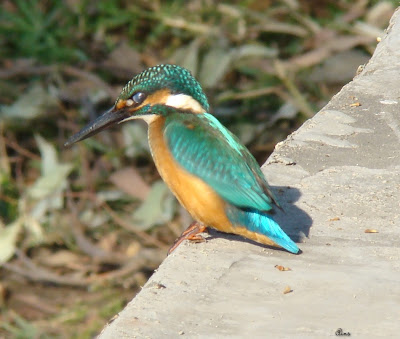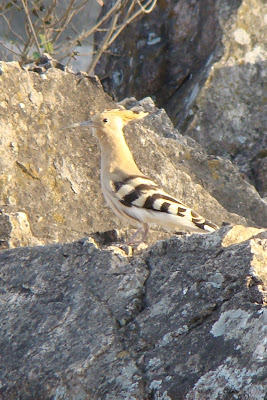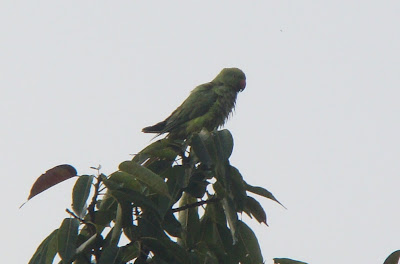Mount Abu, with its unique geography and ecology, stands as a notable hill station in Rajasthan, India. While it harbours a rich avian diversity, the sanctuary faces many environmental challenges that affect the region’s bird life. Among these, water scarcity remains one of the most pressing issues. The limited number of water bodies in the area can only support a select few species of aquatic birds, adding complexity to the overall birdwatching experience.
Challenges to Bird Diversity
Despite its beauty, Mount Abu's limited size hampers its bird diversity. Several factors contribute to this.
Small Geographic Area
Unlike vast ecosystems that can support a large diversity of species, Mount Abu’s smaller size restricts obtaining resources and living space, leading to a more modest bird population. Smaller habitats often support fewer species, a trait that Mount Abu also shows.
Habitat Types
The primary habitats in Mount Abu include tropical dry deciduous forests, scrublands, and a few grasslands. While these ecosystems provide a home for specific bird communities, they do not cater to species that require wetlands or dense, tropical forests. The region’s habitat types limit the diversity of bird species, as many specialised birds thrive only in specific conditions.
Seasonal Variations
Mount Abu witnesses fluctuating climatic conditions, which affect its resident bird population. While the hill station attracts a variety of migratory species during certain seasons, the number of year-round residents is low. Dry periods and fluctuating food availability during the off-season make survival difficult for many species.
Human Encroachment
Mount Abu faces the dual challenges of urbanisation and increasing tourism, both of which contribute to habitat fragmentation. As the human population grows and infrastructure expands, it displaces sensitive bird species and disrupts their habitats. Noise, pollution, and traffic can further disturb the delicate balance of Mount Abu’s natural environment.
Water Scarcity
Water scarcity remains a critical concern during years of poor monsoon seasons. This affects water-dependent bird species, making it difficult for them to survive, especially in areas where water resources are already scarce.
Altitude and Isolation
Because Mount Abu is an isolated hill station, its disconnection from other major bird habitats prevents species from moving across a broader landscape. Its altitude further restricts birds adapted to either lower or higher altitudes, narrowing the range of species that can colonise the region.
Despite the Challenges, Mount Abu Remains a Birdwatcher’s Paradise.
Although these challenges pose a threat to Mount Abu’s avian biodiversity, the hill station still supports several fascinating species. Among them are the Green Munia, Indian Paradise Flycatcher, Tickell’s Blue Flycatcher, Indian Scimitar-Babbler, Red Spurfowl, and Gray Junglefowl—each a remarkable sight for birdwatchers.
The key to preserving and enhancing the bird life of Mount Abu lies in conservation efforts, which must prioritise habitat restoration, responsible tourism, and protecting sensitive species.


















+005.jpg)





































